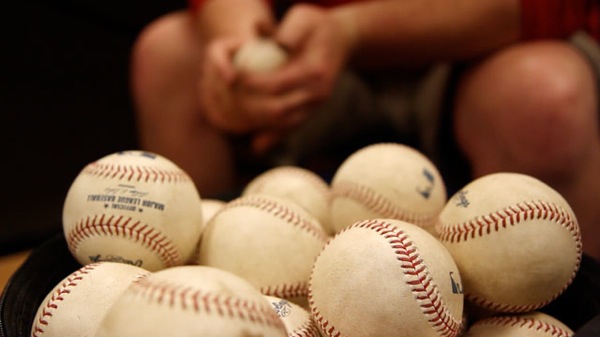Pitchers and serious baseball fan knows that brand-new balls are never used in professional play. The shiny coating applied in the factory makes it too hard for pitchers to get a good grip, so equipment managers in clubhouses around the country rub that sheen off every ball before games.
What do they use? Mud. Yes, mud.
But not just any mud. For more than 60 years, all the mud used in major league baseball has been harvested from the same secret spot in southern New Jersey.
Jim Bintliff, the third-generation owner of Lena Blackburne Baseball Rubbing Mud, gets it from the banks of a tributary of the Delaware River.
Legend has it rubbing down new baseballs started after a wild pitch killed a batter in the 1920s. Bintliff said players and umpires tried tobacco juice and infield dirt to remove the factory sheen. What ended up working best was mud drawn from near the favorite fishing spot of a friend of Bintliff’s grandfather.
What makes his mud so special?
"It's the texture," said Bintliff, who described it as a mixture of cold cream and chocolate pudding. "If it's too gritty, it can damage the leather on the ball. It can scratch it."
